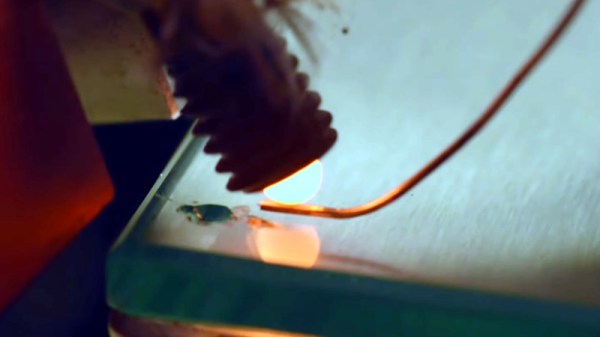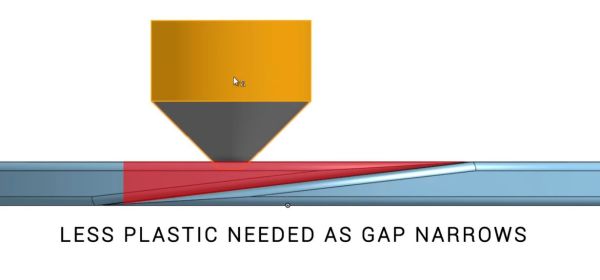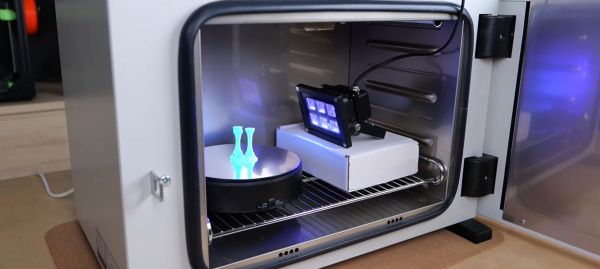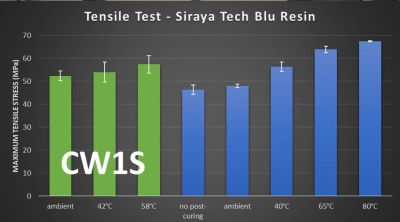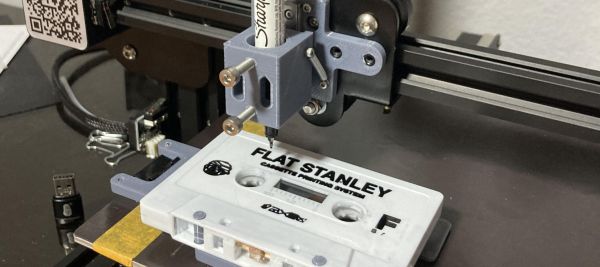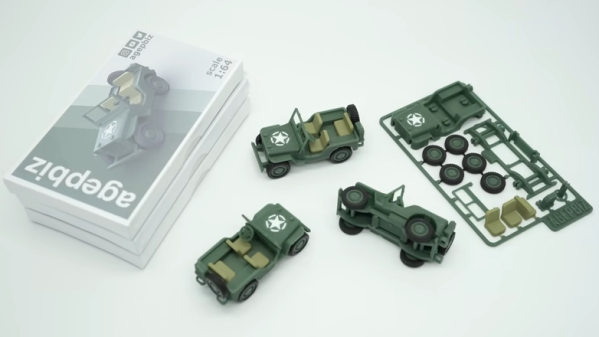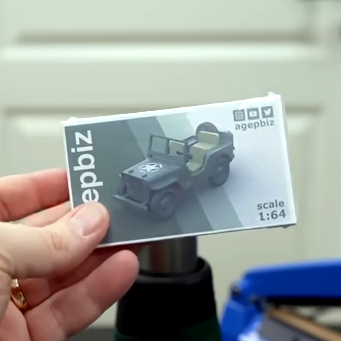At this point, most readers will be familiar with fused deposition modeling (FDM) 3D printers, and how a plastic filament is pushed through a heater and deposited as liquid through a nozzle. Most of us also know that there are a huge variety of materials that can be FDM printed, but there’s one which perhaps evades us: you can’t load a spool of metal wire into your printer and print in metal, or at least you can’t yet. It’s something [Rotoforge] is working on, with a project to make a hot end that can melt metal. Their starting point is a ceramic diesel engine glow plug, from which they expect 1300 C (2372 F).
The video below the break deals with the process of converting the glow plug, which mostly means stripping off the metal parts which make it a glow plug, and then delicately EDM drilling a hole through its ceramic tip. The video is well worth a watch for the in-depth examination of how they evolved the means to do this.
Sadly they aren’t at the point of printing metal with this thing, but we think the current progress is impressive enough to have a good chance of working. Definitely one to watch.
Previous metal 3D printers we’ve featured have often used a MIG welder.
Continue reading “Glow Plug Turned Metal-Capable 3D Printer Hotend”

